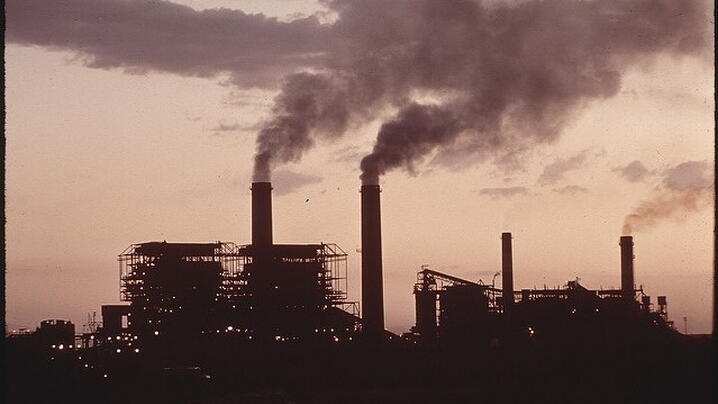
For a while, it seemed certain that the Supreme Court would rule on the legality of the Clean Power Plan (CPP). With new regulations proposed to repeal it, Supreme Court review now seems less and less likely.
If there was ever any doubt that President Trump’s March 28 executive order (EO) Promoting Energy Independence and Economic Growth, which called for the “suspending, revising, or rescinding” of CPP, would not ultimately lead to the repeal of the plan, the Environmental Protection Agency’s (EPA) proposed rule states directly that it will.
Adopted during the Obama administration, CPP is intended to reduce carbon pollution from existing power plants to 32 percent below 2005 levels by the year 2030. This was to be accomplished by a process called generation-shifting, where a power generator, instead of making a coal or natural gas-fired plant cleaner, would be required to invest in zero-emitting renewable energy sources like solar or wind.
In the notice accompanying the proposed rule, EPA states that CPP must be repealed because the generation-shifting cornerstone of it is inconsistent with the Clean Air Act’s (CAA) “text, context, structure, purpose, and legislative history, as well as with the Agency’s historical understanding and exercise of its statutory authority.”
CAA requires EPA to put into effect emission guidelines for existing power plants that reflect the ‘‘best system of emission reduction’’ (BSER). According to EPA, in the proposed rule BSER “is limited to emission reduction measures that can be applied to or at an individual stationary source.” The generation-shifting required by CPP cannot apply only to an individual power plant. It means “changes to a state’s energy policy, such as a grid-wide shift from coal-fired to natural gas-fired generation, and from fossil fuel-fired generation to renewable generation.”
EPA has not yet decided whether it will issue a different rule regulating existing power plants, but it does intend to issue an Advance Notice of Proposed Rulemaking in the near future, which “will solicit information on systems of emission reduction that are in accord with the legal interpretation proposed in this notice (i.e., those that are applicable at and to an individual source).”
Twenty-seven states sued EPA regarding the Clean Power Plan. The D.C. Circuit Court of Appeals has been holding the case in abeyance since shortly after the March 2017 EO. Following the issuance of the proposed rule, EPA asked the D.C. Circuit to continue to hold the case in abeyance until the rulemaking is concluded, which could be months from now. Supporters of CPP have asked the D.C. Circuit Court to decide the case immediately, noting EPA has a statutory duty to regulate greenhouse gases. “And EPA proposes no timetable for final action on the repeal proposal, let alone a schedule to issue and complete consideration of an advance notice of whether to propose a replacement rule.”
Public comments on the proposed repeal rule are due on December 15, 2017.
New, Reduced Membership Dues
A new, reduced dues rate is available for CAOs/ACAOs, along with additional discounts for those in smaller communities, has been implemented. Learn more and be sure to join or renew today!
